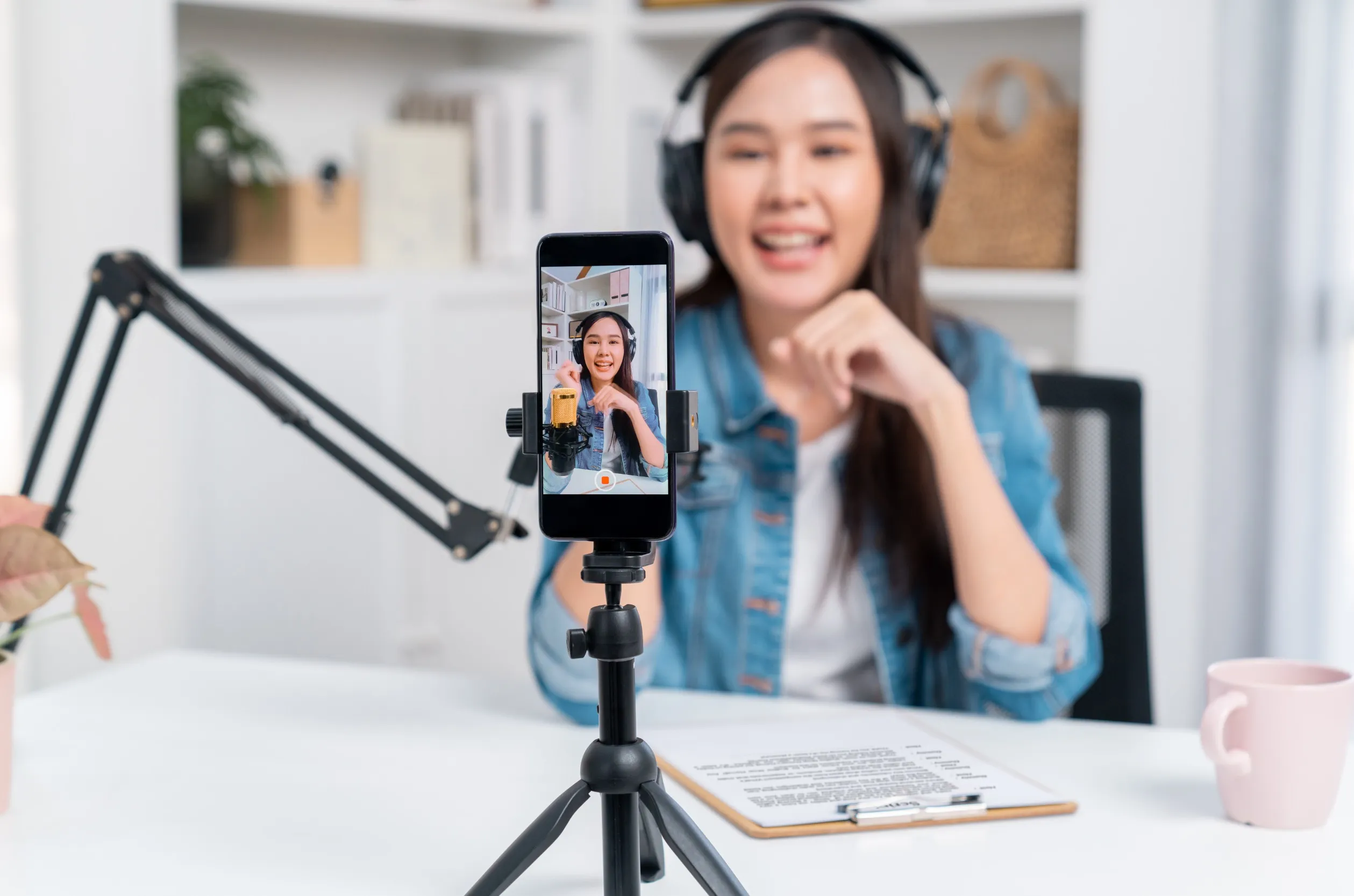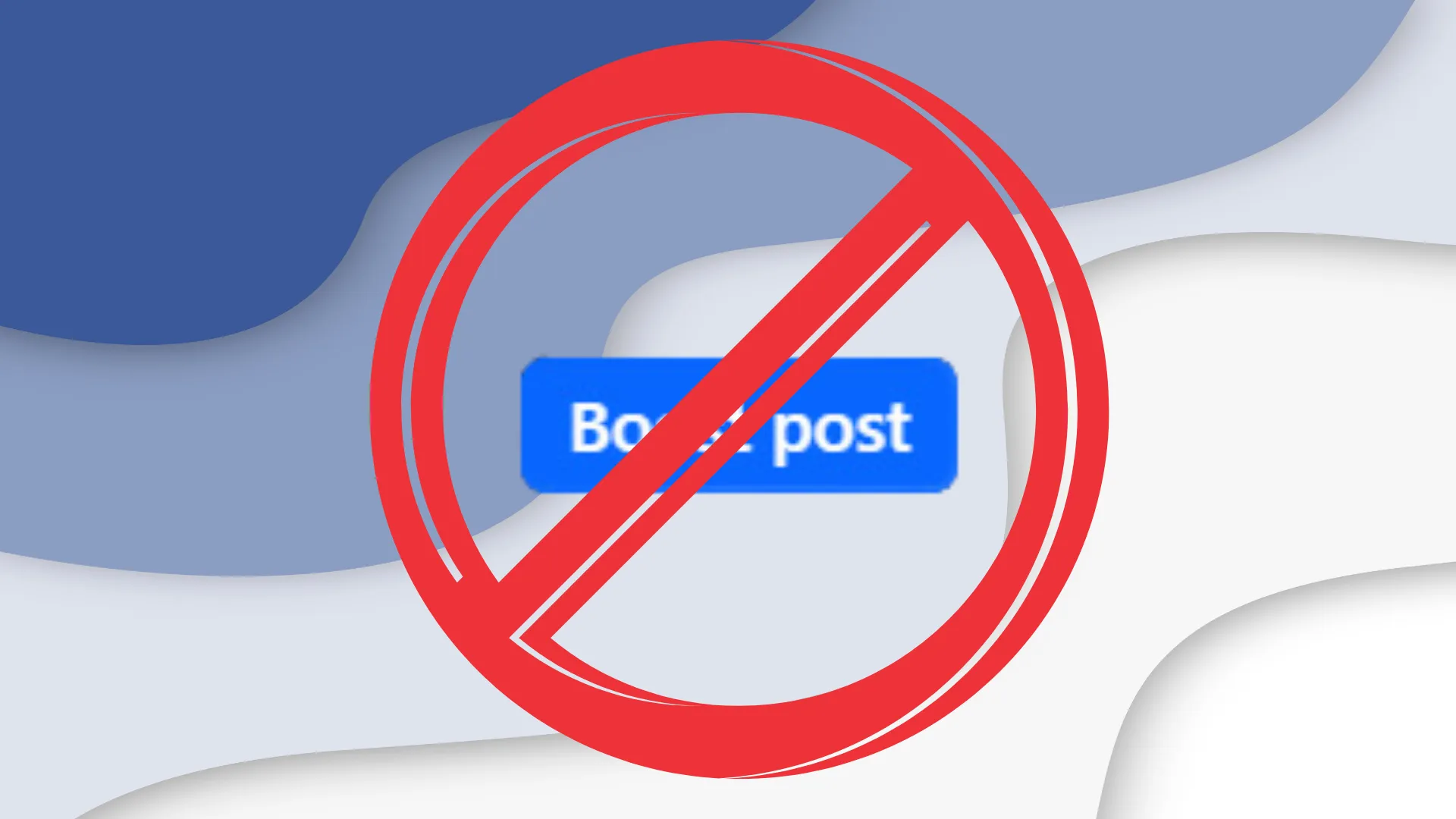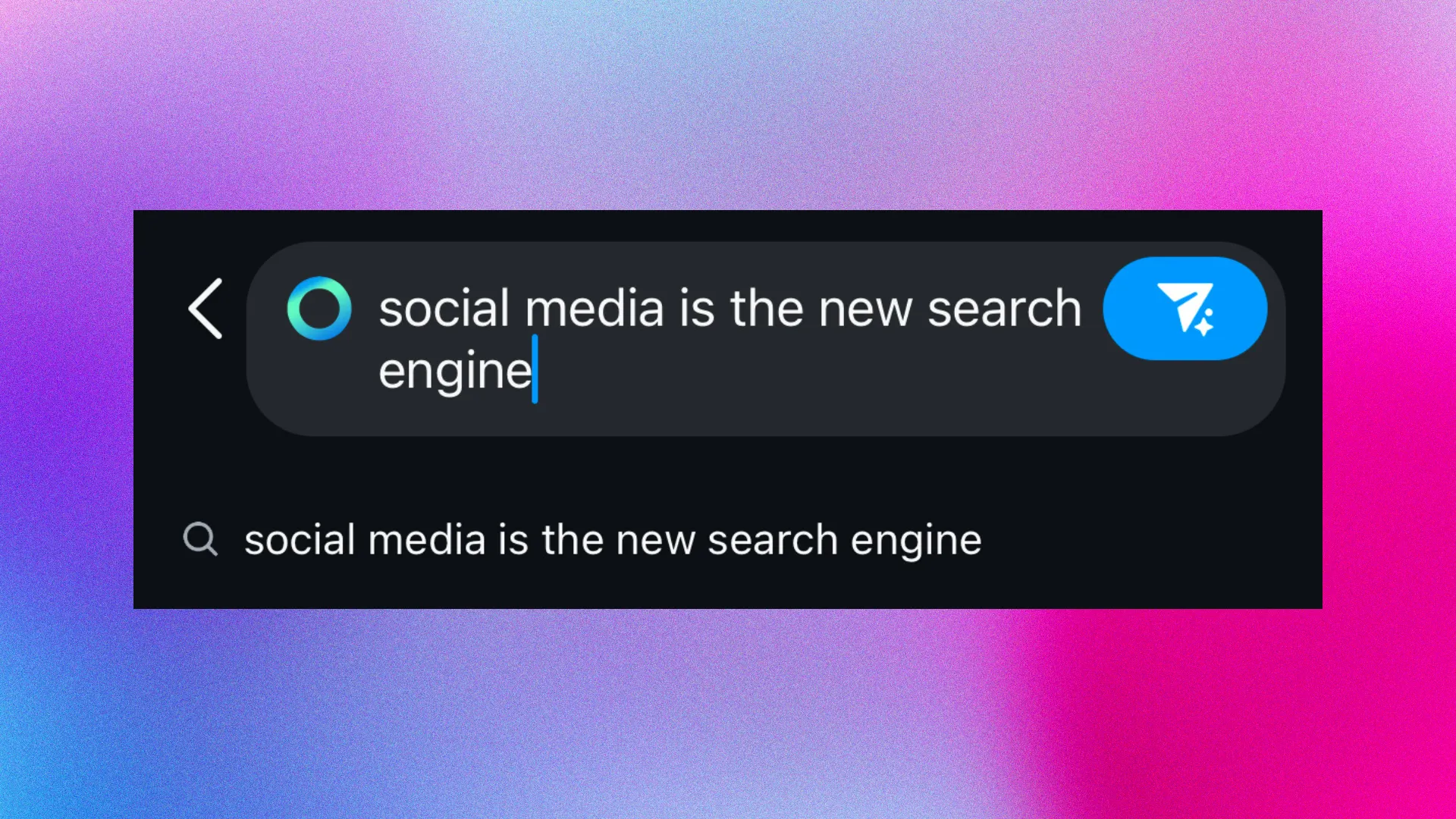Executive Summary
Understanding the Difference Between Copyright and Trade Marks
When it comes to protecting your intellectual property (IP), it’s essential to understand the distinctions between copyright and trade marks, as each serves a unique purpose in safeguarding your creative and business assets.
Copyright: What It Protects
Copyright automatically protects original works of authorship, such as literature, music, art, and software, from the moment they are created. It grants the creator exclusive rights to reproduce, distribute, perform, and display the work. Copyright does not require registration, although registering it can be beneficial in legal disputes. This protection ensures that the creator has control over how their work is used and by whom.
You can find the entire digest of the Copyright Act of 1968 here.
Trade Marks: The Value of Brand Identity
Trade marks, on the other hand, protect symbols, names, logos, and other identifiers that distinguish your goods or services in the marketplace. Unlike copyright, trade marks require registration to provide legal protection. A registered trade mark gives you the exclusive right to use that mark in relation to the specified goods or services and prevents others from using a similar mark that could confuse consumers. Trade marks are crucial for building and maintaining brand identity and reputation.
You can find out about registering a trademark and all the steps required at IP Australia.
Why Understanding the Difference Matters
Both copyright and trade marks play vital roles in protecting different aspects of your intellectual property. While copyright safeguards your creative works, trade marks protect the identity and commercial value of your brand. For a comprehensive IP protection strategy, it’s essential to consider both types of protection, depending on the nature of your business and the assets you want to protect.
Copyright
Copyright provides protection to original works, and in Australia, this protection is automatic. Once a work qualifies for copyright, it is protected without the need for registration.
According to the Copyright Act 1968 (Cth), protected works are categorised as follows:
Original Works
- Written Literary Works (short novels, song lyrics, scripts, reports, books, computer programs, tables, compilations etc)
- Dramatic Works (choreography, screenplays, mimes, etc)
- Musical Works (melodies, compositions, tunes etc)
- Artistic Works (paintings, drawings, engravings, sculptures, maps, etc)
Subject-Matter other than works
- Audio recordings (in any format)
- Broadcasts (radio, internet content, television, films etc)
- Published editions
Ultimately, copyright concerns itself with the expression of ideas, rather than the ideas themselves—this distinction is known as the idea/expression dichotomy. For instance, while you can claim copyright over a specific drawing of a cat, you cannot assert copyright over all possible drawings of cats.
However, the simpler a work is, the less likely it is to be protected by copyright. For example, individual words, titles, and names do not fall under copyright protection. This principle was highlighted in the landmark Australian copyright case IceTV Pty Ltd v Nine Network Australia Pty Ltd [2009] HCA 14, where it was stated:
“The requirement of the [Copyright Act 1968 Cth] is only that the work originates with an author or joint authors from some independent intellectual effort” [at 48].
Additionally, it is crucial to note that copyright is only recognised when a work is reduced to ‘material form.’ This means that you cannot claim copyright over something that has not been rendered into a tangible or electronic medium, such as a USB or storage disk.
Your rights under copyright
Copyright grants you, as the owner, an exclusive set of rights over your work. These rights include the ability to:
- Reproduce or copy the work;
- Communicate the work to the public;
- Publish the work;
- Perform the work; and
- Adapt the work.
If someone who is not the copyright owner exercises any of these rights, or authorises another to do so, without your permission, it may constitute a copyright infringement.
These rights can only be exercised by another party if you have provided them with a licence to use your copyrighted work.
Is it possible not to own copyright?
Yes. In general, you will not own the copyright if you are employed by a company to create a work, as the company will hold the copyright. Similarly, if someone hires you to take photos for their private use, the copyright will typically belong to them.
How long does copyright last?
Copyright protection begins at the moment a work is created and lasts for the entirety of the creator’s lifetime, extending for an additional 70 years after their death. Following this period, the work enters the public domain, allowing anyone to use it freely without infringing on copyright.
Copyright Versus Trademark
Unlike copyright, a trade mark can be registered with IP Australia as well as internationally.
A trade mark serves as a brand protection tool, functioning as a ‘badge of origin’ that distinguishes your goods or services from those of other businesses in the same industry. A trade mark can encompass the following:
- A word;
- A phrase;
- A letter;
- A logo;
- A smell;
- A picture;
- A colour which distinguishes your brand;
- A shape.
Or any combination of there-of.
A trademark identifies your business through elements like a business name, slogan, or logo. In contrast, copyright protects original works created by you or your business, such as literary, artistic, and musical content.
For example, a logo can be both copyrighted and trademarked. The copyright covers the artistic design of the logo, while the trademark protects it as a brand identifier. This means that a single logo can have two types of intellectual property protection. The same principle applies to elements like sound, content, and tag-lines in a promotional video. These elements may overlap in their intellectual property protection due to their combined use.
Moreover, intellectual property can be owned by multiple parties. For instance, a videographer who creates a promotional video typically holds the copyright to the video unless it is explicitly transferred to the company.
What doesn’t a trademark protect?
A trademark protects your brand by granting you exclusive rights to use that mark. If someone uses your trademark without permission, it constitutes infringement.
However, a trademark will not be protected if it is simply descriptive of the products or services your business offers.
Lifespan of a trademark
The lifespan of a Trade Mark is much shorter than copyright.
Once you have successfully completed the filing, your Trade Mark will last 10 years. You will be able to apply for renewal of your trademark within 12 months of it’s expiry.
Key Points of Copyright Versus Trademark
Copyright and trademarks are crucial types of intellectual property, each with distinct roles. However, both aim to provide essential protection for creators.
When distinguishing between copyright and trademark, keep the following in mind:
- Trademarks must be registered with IP Australia to receive protection, while copyright protection is automatic and does not require registration;
- A trademark is typically protected for around 10 years, with the possibility of renewal. Copyright protection lasts for the lifetime of the author plus 70 years; and
- Copyright applies to specific types of creative works, such as literary, artistic, and musical creations. In contrast, a trademark protects various elements associated with a brand, including names, logos, shapes, smells, and colours.
Digital Millennium Copyright Act (DMCA)
The Digital Millennium Copyright Act (DMCA) is a series of laws passed in the USA in 1998, intended to protect copyright holders and content produces from illegal replication of their works online.
Whilst the law is passed in the USA, it can be enforced in other countries in the world. This is due to two main reasons:
- Often the replicated content is hosted on platforms that are based in the USA, meaning the American DMCA laws apply; and
- Many other countries have their own version of the DMCA Act which means similar laws can be applied locally.
American DMCA Act
The Digital Millennium Copyright Act (DMCA) is a federal law designed to address copyright issues arising from new technology and the Internet. Enacted on October 29, 1998, by President Clinton, the DMCA aimed to align U.S. law with the World Intellectual Property Organization (WIPO) Copyright Treaty of 1996. It consolidated four proposed bills and made various revisions to U.S. copyright law to address gaps identified by the WIPO Treaty.
The DMCA introduced significant changes, particularly in protecting against new methods of copyright infringement, such as those occurring online. While it brought much-needed updates to copyright law, it has faced criticism for being overly restrictive in certain areas, including limiting consumer rights related to purchased products.
One major component of the DMCA is the WIPO Copyright and Performances and Phonograms Treaties Implementation Act of 1998, which added Chapter 12 to the Copyright Act. This chapter addresses Copyright Protection and Management Systems, making it illegal to circumvent technological measures used to protect copyrighted works or to traffic in devices designed for such circumvention. The act includes some exceptions and mandates a triennial rulemaking by the Library of Congress to exempt specific classes of copyrighted works.
Another key provision is the Online Copyright Infringement Liability Limitation Act, which added Section 512 to the Copyright Act. This section provides four safe harbors for online service providers. If a service provider complies with the specific requirements of a safe harbor, it is protected from monetary damages for copyright infringement, although injunctions to prevent further infringement are still possible. The “notice-takedown-putback” procedure allows service providers to remove allegedly infringing content upon receiving proper notice from the copyright owner, with the option to restore the content if the user disputes the claim after a set period.
The DMCA also includes other provisions beyond digital information and copyright. The Vessel Hull Design Protection Act, which added Chapter 13 to Title 17, provides copyright-like protection for the original design of boat hulls, replacing a state law invalidated by the Supreme Court in Bonito Boats, Inc. v. Thunder Craft Boats, Inc.
Additionally, the Computer Maintenance Competition Assurance Act expanded Section 117 of the Copyright Act to allow third-party maintenance organizations to use licensed software as part of their maintenance activities, overriding the Ninth Circuit’s 1993 decision in MAI v. Peak.
The DMCA also made various miscellaneous updates to copyright law, including revisions to Section 108 exemptions for libraries and archives.
Real world implementation of DMCA
DMCA take-down requests can be submitted globally to remove copyrighted or stolen content. Most Online Service Providers (OSPs) and Service Providers (SPs) follow a “DMCA Protocol” to manage copyright infringement on their hosted websites. Such DMCA Protocols generally facilitate the submission of take-down requests. Typically, this will result in your content removed within 5 business days.
DMCA Copyright Versus Trademark
So the question remains, when it comes to enforcing the DMCA, which do you need, Copyright or Trademark? The answer is Copyright (hint, it’s in the name!).
Trademarks apply to individual marks or words, for example a brand name or logo. DMCA does not apply to these items.
DMCA applies to created works such as websites, content pieces, books, podcasts, videos or songs. Such works are subject to Copyright and are not trademark-able.
Therefore, all that is required for the enforcement of DMCA is Copyright, which is rightfully issued to the creator upon initial creation of the works.
DMCA in Australia
Infringing material online and the ‘safe harbour’ provisions
The Telecommunications Act 1997 (Cth) and Part 3A of the Copyright Regulations 1969 refer to a carriage service provider (CSP), which is equivalent to an Internet Service Provider (ISP). This information sheet will use the term ISP. The Copyright Act 1968 (Cth) and the Copyright Regulations outline ‘safe harbour’ provisions, which protect ISPs that provide internet and network services (e.g., Dodo, iiNet, Internode, iPrimus, Optus, Telstra, TPG Internet, Westnet) from being held liable for copyright infringement by their users when:
- The infringing activity is the responsibility of the user, not the ISP;
- The ISP is not directly involved in the infringing activity and does not have direct knowledge or control over it;
- The ISP promptly removes or disables access to the infringing material once aware of the infringement; and
- The ISP follows the procedures outlined in the Copyright Act and relevant industry codes, including implementing policies that may lead to the termination of repeat infringer accounts.
Under the ‘safe harbour’ provisions, an ISP cannot be sued for copyright infringement if it complies with ‘takedown’ notices issued by copyright owners.
In 2015, the Communications Alliance, representing ISPs, developed the Copyright Notice Scheme Industry Code (C653:2015). This code, pending approval by the Australian Communications and Media Authority (ACMA) as of January 1, 2016, is primarily educational. It places the responsibility on rights owners to identify residential fixed internet users alleged to have infringed copyright. ISPs are obligated to deliver infringement notices and assist rights owners in identifying persistent infringers, but rights owners must initiate legal proceedings against infringing users. Independent producers may struggle to meet the operational requirements of the Code, as highlighted in the Arts Law Centre of Australia submission. Nevertheless, independent producers can still use the ‘takedown’ notice procedures to request that Australian ISPs remove or disable access to infringing material.
Effectiveness of ‘polite’ removal requests
If you discover that your copyrighted material is on a website without your permission, your initial step should be to contact the website’s operator or webmaster directly and request that they remove the infringing content. Often, individuals may not realise they are infringing copyright and will be willing to comply with your request.
If they do not respond or comply, you can then proceed with sending a takedown notice. Before sending a takedown notice, ensure that the user does not have a valid reason to use the material in question. If the user believes the takedown notice was issued in error, they may file a counter-notice claiming a mistake. If the user successfully proves that your takedown notice was unjustified, you could be liable for damages or other civil penalties. Additionally, issuing a takedown notice knowing it is false or misleading could potentially constitute a criminal offence.
What is the website holds a valid licence?
A takedown notice may be ineffective if the user has a valid license to use the material. Artists sometimes forget or are unaware that a license has been issued, which could have been done by a company representing them. Before issuing a takedown notice, it’s important to verify whether a license for the use of your work has been granted.
Use of the material on the website considered ‘fair dealing’?
Under Australian law, the ‘fair dealing’ exception allows for certain uses of copyrighted material without permission. Division 3 of the Copyright Act specifies circumstances where using your work without consent may be justified. These include purposes such as research or study, criticism or review, parody or satire, giving professional legal advice, or reporting news.
To determine if the use qualifies as fair dealing, several factors should be considered: the purpose and character of the use, the nature of the work, the possibility of obtaining the work commercially, the effect on the work’s value, and the amount and substantiality of the work used relative to the whole. For more details, refer to the Fair Dealing: What Can I Use Without Permission information sheet on the Australian Copyright Council website.
In contrast, the concept of ‘fair use’ is used in U.S. copyright law and is more flexible and open-ended. This concept does not apply in Australia but is relevant for DMCA takedown notices. For a discussion on the U.S. ‘fair use’ exception, see the Fair Use & the ALRC Inquiry on the Australian Copyright Council website.
It is advisable to seek professional legal advice before issuing a takedown notice if you are uncertain whether a fair dealing exception applies to your situation.
Why send a takedown notice?
A takedown notice is a valuable tool for intellectual property owners, as it compels ISPs to act promptly to remove or block access to infringing material if the notice is valid. This process helps protect your intellectual property and maintain control over how your work is presented to the public. If the user cannot justify their use of the material, it will be permanently removed.
How do you identify who is hosting the website?
To address an infringement, you need to identify the organization hosting the infringing website. This can be done by entering the website’s URL into a free service such as:
Auda Whois Lookup – Identify who owns a domain name in Australia
who.is Lookup – Identify who owns an international domain name
Who Hosts This? – Find out the ISP/CSP that’s hosting the website
Who do you send your takedown notice to?
For a website hosted on a computer server in Australia, you need to find the ‘designated representative’ of the hosting organisation. This individual is authorised to receive notices and notifications under the Copyright Regulations.
Each ISP is required by the Copyright Regulations to appoint a designated representative to handle takedown notices. Typically, the ISP will provide an email address for sending these notices. A takedown notice can be delivered either by post or electronically to the ISP’s designated representative. When submitting online, a signature is not required; however, you should provide sufficient information to ensure you are easily identifiable.
What happens when the takedown notice is received by the ISP?
Upon receiving a takedown notice, the ISP must promptly remove or disable access to the copyright material.
If the person who uploaded the material disputes the claim, they can issue a counter-notice. In response, the ISP must restore or enable access to the material unless the copyright owner notifies the ISP, within 10 working days of receiving the counter-notice, that legal action has been initiated to seek a court order to stop the allegedly infringing activity. The counter-notice form is also provided in Schedule 10 of the Copyright Regulations 1969.
This means that if the copyright owner wishes to have the material permanently removed, they must commence legal proceedings. The court will then determine whether the material’s publication constitutes copyright infringement or if there is a valid defence against the infringement claim.
Take Down Notice Procedure
Remember – be specific!
When completing the takedown notice form, it is crucial to provide detailed information to help the ISP identify the material you wish to have removed. This includes specifying the location of the material and providing a precise description. To ensure the examiner can quickly and accurately identify the infringing material, you should include:
- Details to identify the copyrighted work(s), or if there are multiple works, a list of them.
- The location of the copyrighted work(s), such as the web address (URL) for each work.
- Whether you are the copyright owner or an authorized agent acting on their behalf.
- Your contact information, including your name, address, telephone number, and email address.
Providing accurate and complete information is essential, as incomplete or incorrect details may lead to the rejection of your application and delays in the process.
Below is a template for a takedown notice, from Schedule 10 of the Copyright Regulations 1969, which you can complete with your relevant details. Ensure that all information and statements in the notice are accurate and that you follow the prescribed format.
Takedown Notice Template
(When there are square brackets please insert your specific information)
Part 3 — Form of notice of claimed infringement by owner or agent–copyright material
Copyright Regulations 1969
NOTICE OF CLAIMED INFRINGEMENT OF COPYRIGHT BY COPYRIGHT OWNER OR AGENT — COPYRIGHT MATERIAL
TO [name of carriage service provider]
1. I, the person whose name is stated below, issue this notice for the purposes of condition 3 of item 4 of the table in subsection 116AH(1) of the Copyright Act 1968 and regulation 20I of the Copyright Regulations 1969.
2. I am the [owner/agent] of the owner of the copyright in the copyright material specified in the Schedule (the specified copyright material), being copyright material residing on your system or network.
Omit the following paragraph if this notice is being completed by the agent of the copyright owner.
3. I believe, in good faith, that the storage of the specified copyright material on your system or network is not authorised by me or a licensee, or the Copyright Act 1968, and is therefore an infringement of the copyright in that material.
Omit the following paragraph if this notice is being completed by the copyright owner.
3. I believe, in good faith, that the storage of the specified copyright material on your system or network is not authorised by the copyright owner or a licensee of the copyright owner, or the Copyright Act 1968, and is therefore an infringement of the copyright in that material.
4. I have taken reasonable steps to ensure that the information and statements in this notice are accurate.
NAME OF [OWNER/AGENT] OF OWNER:
ADDRESS:
TELEPHONE NUMBER:
FAX NUMBER:
E-MAIL ADDRESS:
[Signature]
[Owner/Agent of owner]
SCHEDULE
DESCRIPTION OF COPYRIGHT MATERIAL: [insert sufficient information to enable the carriage service provider to identify the copyright material in respect of which the infringement is claimed]
LOCATION OF COPYRIGHT MATERIAL RESIDING ON CARRIAGE SERVICE PROVIDER’S SYSTEM: [insert sufficient information to enable the carriage service provider to locate on its system or network the copyright material in respect of which the infringement is claimed]
Using the American DMCA takedown notice procedure
Australian copyright owners increasingly encounter situations where their rights are infringed by websites hosted overseas. To effectively protect your rights, it’s essential to understand the procedures in the relevant foreign jurisdictions. Seeking professional legal advice for the specific jurisdiction is highly recommended.
One common foreign jurisdiction is the United States, where the Digital Millennium Copyright Act (DMCA) governs the ‘safe harbour’ scheme and takedown notice procedures.
Under the DMCA, there is no standard format for takedown notices, but it is crucial to be specific and accurate when detailing the material you want removed. Given the high volume of takedown notices in the U.S., incomplete or inaccurate submissions are likely to be rejected. In the DMCA context, the ‘designated representative’ is referred to as the Copyright Agent. When dealing with U.S.-based website hosting services, ensure you locate the Copyright Agent responsible for handling DMCA takedown notices.
Example US DMCA Takedown Notice
Attn: Copyright Agent, [XXX], Inc.
Pursuant to 17 USC 512(c)(3)(A), this communication serves as a statement that:
I am [the exclusive rights holder | the duly authorized representative of the exclusive rights holder] for [title of copyrighted material being infringed upon, and, if possible, additional identifying information such as ISBNs, publication dates, etc. – or, if the material is a web page, the URL];
These exclusive rights are being violated by material available upon your site at the following URL(s): [URLs of infringing material];
I have a good faith belief that the use of this material in such a fashion is not authorized by the copyright holder, the copyright holder’s agent, or the law;
Under penalty of perjury in a United States court of law, I state that the information contained in this notification is accurate, and that I am authorized to act on the behalf of the exclusive rights holder for the material in question;
I may be contacted by the following methods (include all): [physical address, telephone number, and email address];
I hereby request that you remove or disable access to this material as it appears on your service in as expedient a fashion as possible. Thank you.
Regards,
[your full legal name]
In Conclusion
The key takeaway here is the fact that DMCA fundamentally applies to any new works brought into existence by a creator/publisher. Ideally each new works would have copyright stated (see the bottom of our website!) but so long as you can prove that your works existed before the copy did, you’ve covered.
Remember that Trademarks do not apply for DMCA and won’t help you at all in this situation. Save for the case where you are suing based on the use of your trademark within a replicated copyrighted material, but that’s a different matter.
The DMCA takedown form is your friend and will usually get you what you need without any issue.
If you would like our assistance either in helping you perform a takedown or in the creation of new works as securely as possible, get in contact with us here.

Google’s new search feature, AI Overviews, has recently launched in Australia, transforming how we interact with search engines. With AI-generated summaries now appearing directly in search engine [...]

When you think about it, Pinterest is not really a social media platform but more of a search engine. While it does allow users to follow and [...]

One of our biggest takeaways from State of Social 2024 was the evolution of zero-click searches and the impact it will have on the way we do [...]

Have you noticed a drop in engagement on your brand’s Instagram posts? Likes not flowing as much as what they used to? The good news is you’re [...]

Last week, Facebook announced a major update: 'Views' will now replace impressions as the primary metric for posts and Stories. This change aligns with Instagram's recent metric [...]

It’s the second week of November, and Black Friday promotions are in full swing; emails, ads, organic posts. But, how many of these promotions are you actually paying [...]

Google’s new search feature, AI Overviews, has recently launched in Australia, transforming how we interact with search engines. With AI-generated summaries now appearing directly in search engine [...]

TikTok can be polarising. Those who use it, love it. Those who don’t often find it confusing or aren’t sure how it could fit into their social media [...]

We’ve been geeking out over our latest Audience Intelligence Reports which rolled out to our clients over the last two weeks. Separate from our monthly digital marketing [...]

When you think about it, Pinterest is not really a social media platform but more of a search engine. While it does allow users to follow and [...]

When a social media post starts gaining traction, you’ll often receive prompts from the platform encouraging you to reach a wider audience by boosting the post. A [...]

In our last article, we explored the rise of zero-click searches and its impact on how we find information online. This shift in user behaviour has also [...]

One of our biggest takeaways from State of Social 2024 was the evolution of zero-click searches and the impact it will have on the way we do [...]

Have you noticed a drop in engagement on your brand’s Instagram posts? Likes not flowing as much as what they used to? The good news is you’re [...]

